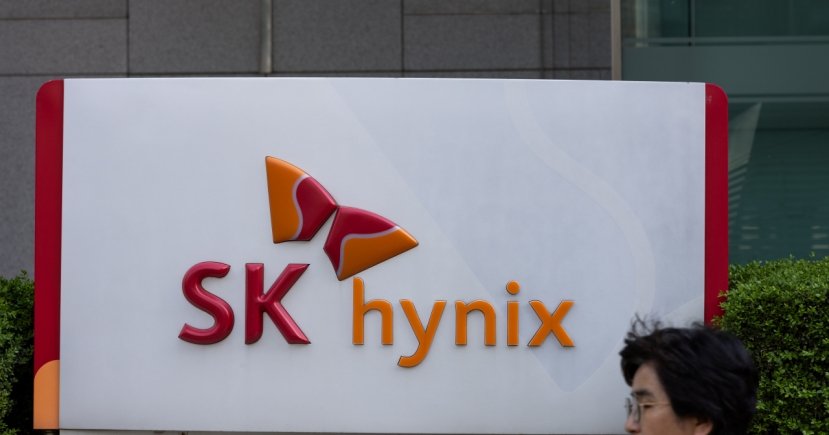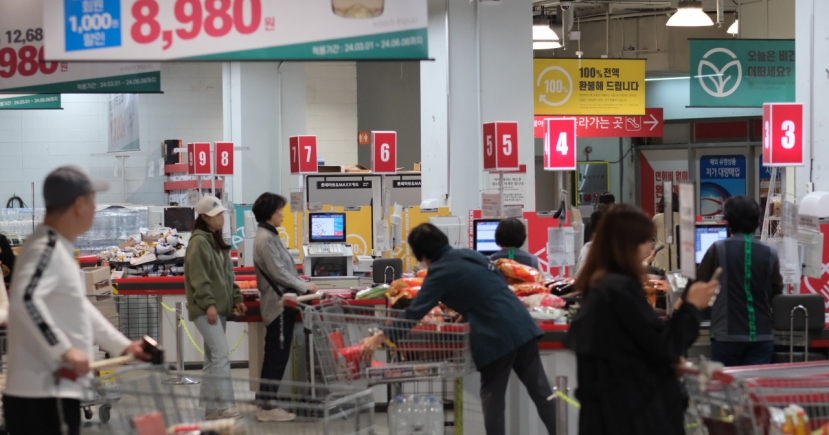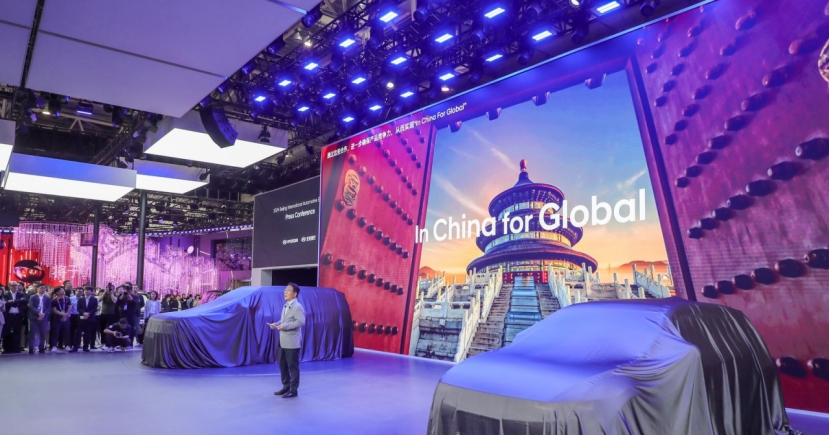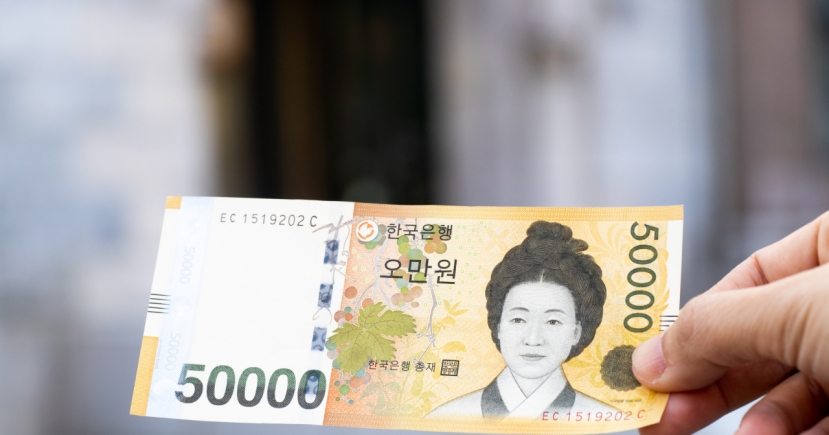Automobiles
Korea to scrutinize GM’s transfer pricing, cost to selling price ratio
[THE INVESTOR] With the investigation into GM’s financial records slated to begin this week, the Seoul government is seen as upping the pressure against the US automaker by suggesting a tax audit.
Kim Sang-jo, chairman of the country’s corporate watchdog Fair Trade Commission, said Feb. 27 he will discuss with the National Tax Service for a tax audit over the US automaker’s transfer pricing and high rate of cost to selling price.
 |
The demands to comb through the US firm’s tax status have also been rising from the political sector, with Rep. Ji Sang-wook of the Bareun Future Party insisting the government launch multiple inspections into suspicions surrounding the carmaker.
During the parliamentary National Policy Committee meeting held on Feb. 27, FTC Chairman Kim said, “We will consult with the National Tax Service, as the need (for tax audit) has been recognized,” when asked if he agrees on a tax audit into GM. The automaker, which shocked the industry after announcing the closure of its Gunsan plant earlier this month, is suspected of exporting vehicles produced at the Gunsan plant in North Jeolla Province at low prices to affiliates.
The high rate of cost to selling price alongside transfer pricing had been pointed out as one of the key reasons that led to GM Korea’s net losses of 1.9 trillion won (US$1.7 billion) between 2014 and 2016, eventually leading to the shutdown of the Gunsan plant.
Rep. Ji said during the session, GM Korea’s performance totals 1.1 trillion won in net profit in the cited period based on calculations that apply GM North America’s rate of cost to selling price to the local unit.
GM Korea’s rate of cost to selling price showed to be 91.9 percent in 2014, 96.5 percent in 2015 and 93.1 percent in 2016, which is about an average 8.5 percentage points higher than 88.3 percent, 83.6 percent and 84.0 percent at GM North America.
“Calculations prove that transfer pricing set based on GM US headquarters’ business strategy is illogical and wrong,” Ji argued.
“Had the rate of cost to selling price (at GM Korea) been at GM’s average levels, it would not have been subject to restructuring and remained a sound automobile manufacturer.”
When applying the average cost to selling price ratio at GM worldwide -- 91.4 percent in 2014, 87.9 percent in 2015 and 86.9 percent in 2016—to the local unit, its operating loss is reduced to 124.8 billion won, Ji’s report showed.
GM Korea posted a net profit of 101 billion won in 2013 when the cost to selling price ratio was 86.7 percent.
GM International President Barry Engle denied speculations that GM Korea had been selling complete knock-downs at a lower price to the carmaker’s other affiliates during a closed door meeting held with politicians last week.
“He said the products (made in Korea) are not cheap, and are even expensive that even Opel in Europe said they won’t purchase (GM Korea’s) products,” Rep. Kim Kwan-young of the Bareun Future Party, who had attended the meeting, had told The Korea Herald.
Previously, GM had rejected GM Korea’s second biggest shareholder state-run Korea Development Bank’s request for information related to transfer pricing.
KDB Chairman Lee Dong-gull also said during the meeting “To look into cost to selling price rate (at GM Korea), we are in talks with GM regarding the limit and boundaries of the inspection.”
“As we see that the possibility of GM’s revival is linked to the cost structure, we will focus on it (during the inspection).”
By Kim Bo-gyung/The Korea Herald (lisakim425@heraldcorp.com)






![[KH Explains] Korean shipbuilding stocks rally: Real growth or bubble?](http://res.heraldm.com/phpwas/restmb_idxmake.php?idx=151&simg=/content/image/2024/04/25/20240425050656_0.jpg)
![[Hello India] Hyundai Motor vows to boost 'clean mobility' in India](http://res.heraldm.com/phpwas/restmb_idxmake.php?idx=151&simg=/content/image/2024/04/25/20240425050672_0.jpg)
